Europe is home to some of the world’s most iconic landmarks. From towering structures to ancient ruins, each landmark tells a unique story. These landmarks are not just tourist attractions; they are symbols of history, culture, and architectural brilliance. Here are some of the most iconic landmarks that define Europe’s rich heritage.
Eiffel Tower, France
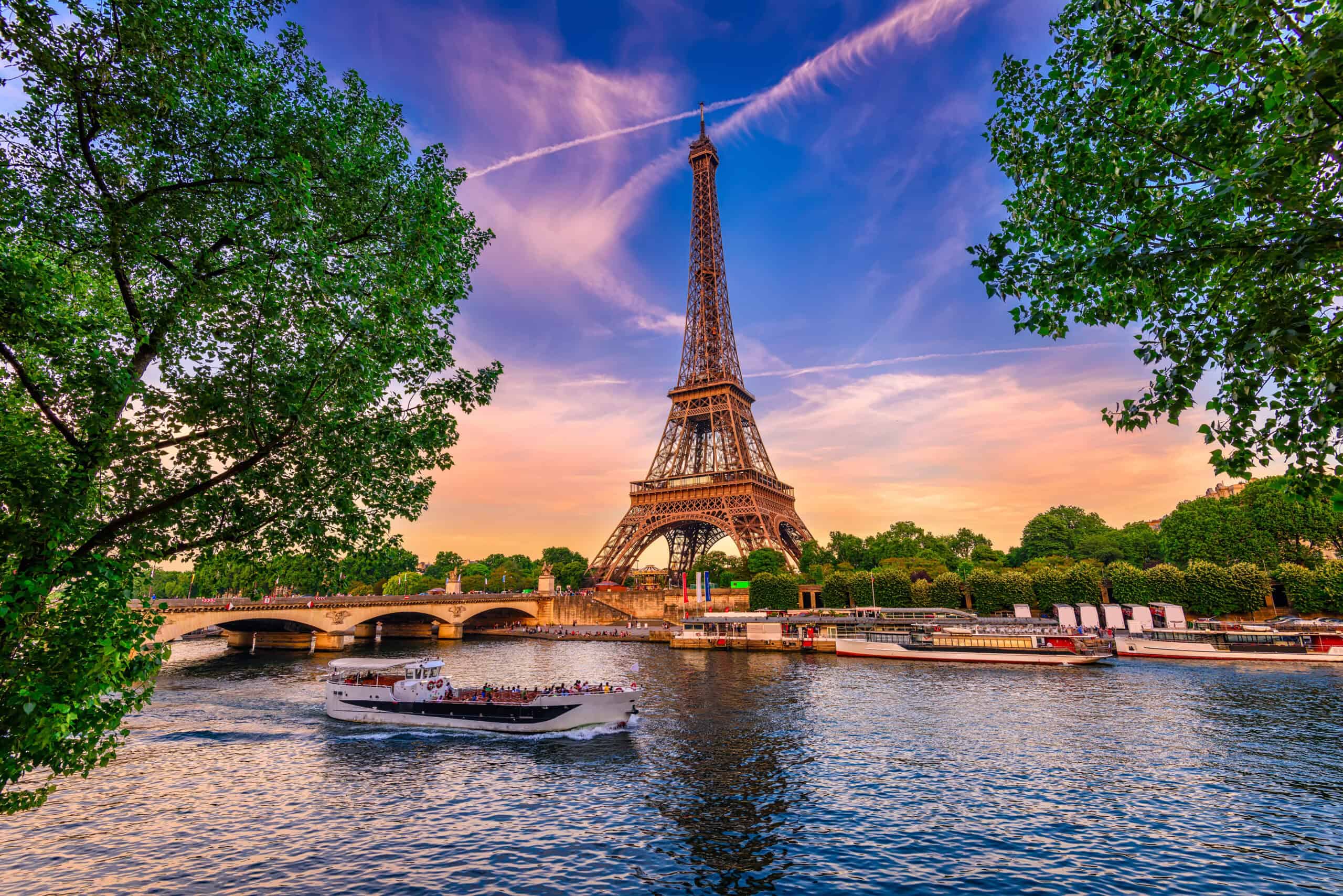
The Eiffel Tower, located in Paris, is one of the most recognizable structures in the world. Completed in 1889 for the World’s Fair, it stands at 324 meters tall. It was initially criticized by some of France’s leading artists and intellectuals for its design, but it has become a global cultural icon of France and one of the most-visited monuments in the world. The tower’s design was the brainchild of the engineer Gustave Eiffel. Made of wrought iron, it showcases the innovative use of iron in construction during the late 19th century. At night, it sparkles with 20,000 light bulbs, making it a breathtaking sight. Visitors can climb up to enjoy stunning views of Paris.
Colosseum, Italy
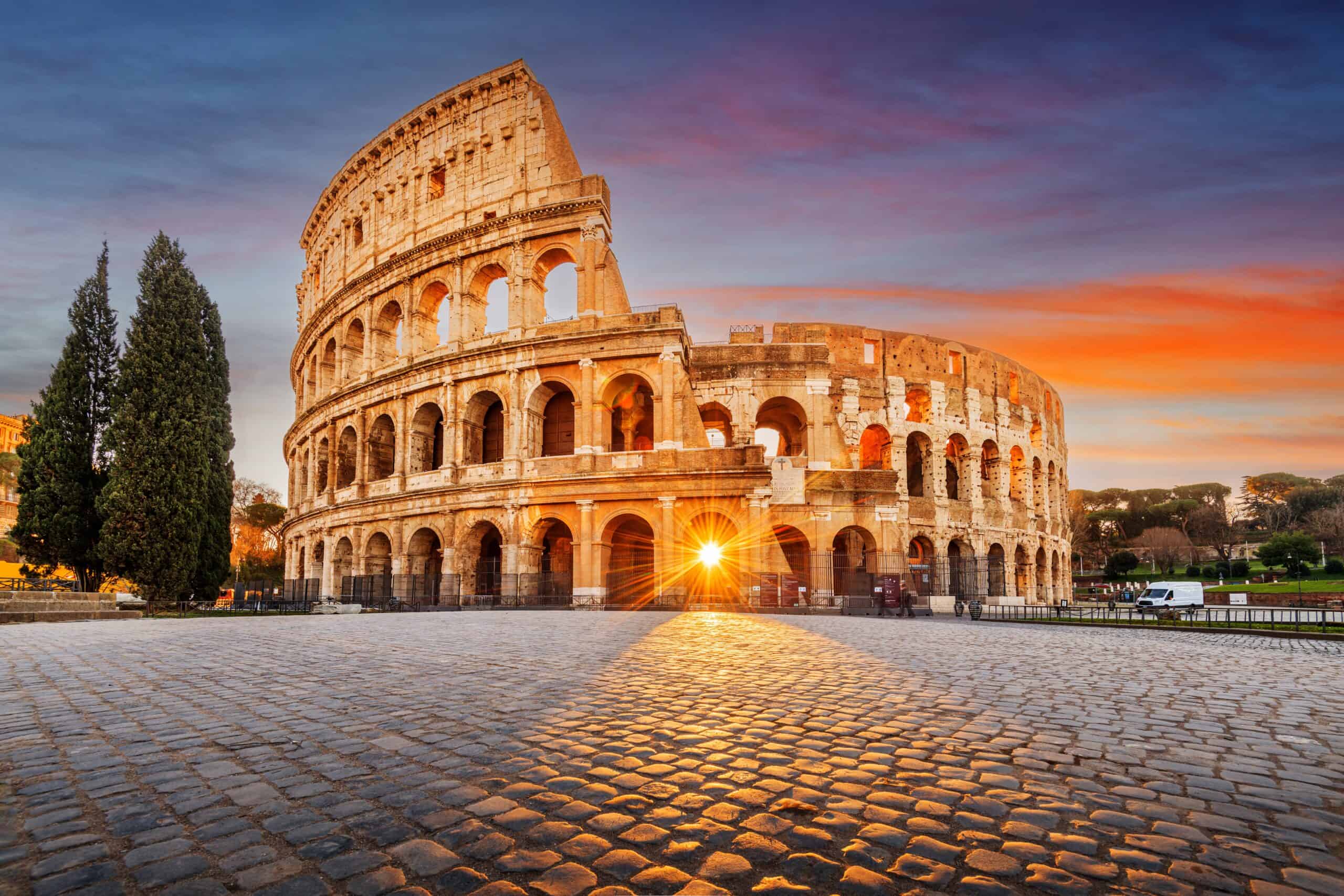
The Colosseum in Rome is an ancient amphitheater that dates back to AD 80. This massive structure could hold up to 80,000 spectators, making it one of the largest amphitheaters ever built. It was used for gladiatorial contests, public spectacles, and dramas based on Classical mythology. What makes the Colosseum unique is its elliptical design and complex system of vaults. Despite suffering damage from earthquakes and stone robbers, much of the Colosseum remains intact. It stands as a testament to the engineering prowess of the Roman Empire and is a symbol of Rome’s enduring legacy.
Big Ben, United Kingdom
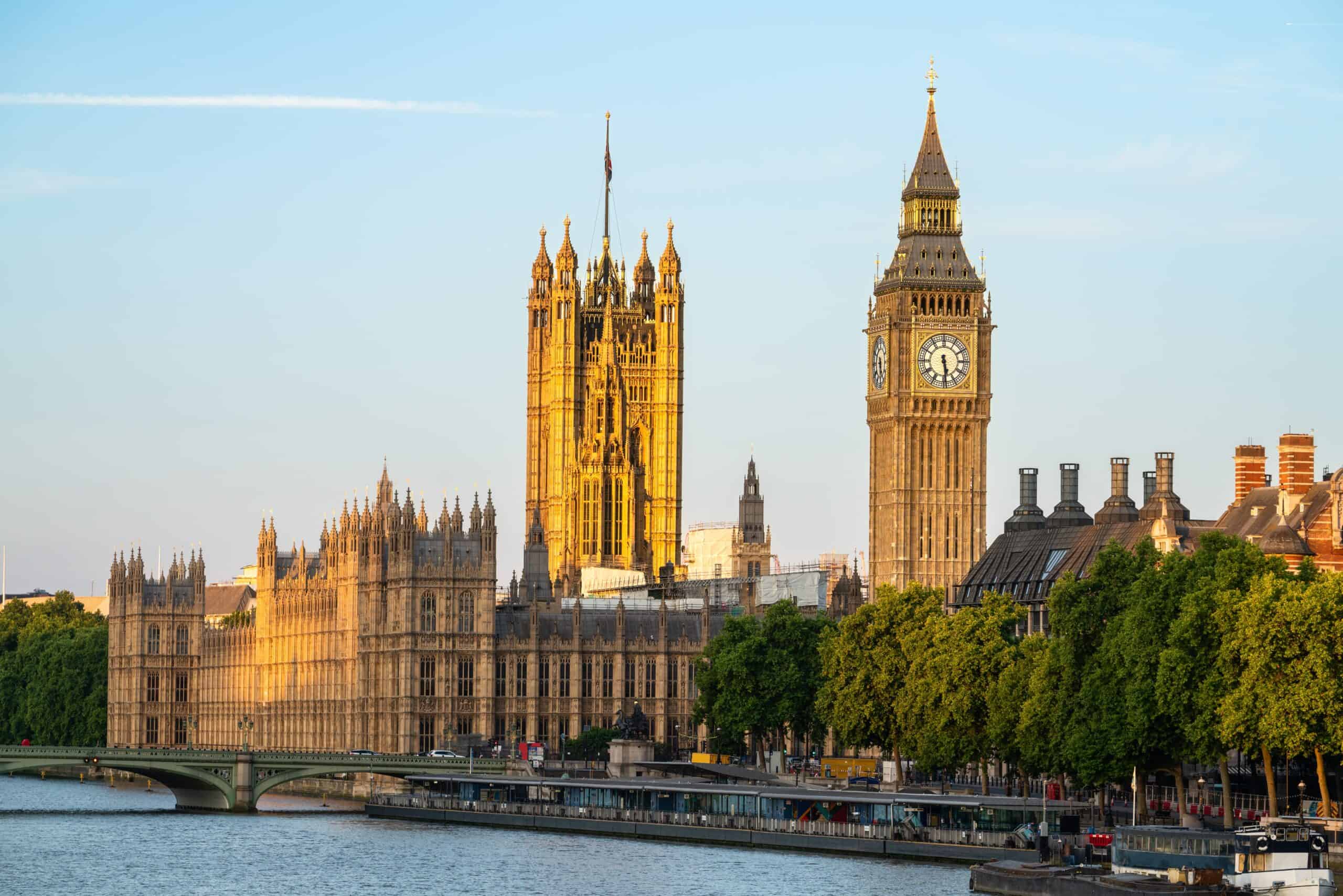
Big Ben is the nickname for the Great Bell of the clock at the Palace of Westminster in London. Officially named the Elizabeth Tower in 2012 to mark the Diamond Jubilee of Elizabeth II, it was completed in 1859. The clock tower is one of the most prominent symbols of the United Kingdom and parliamentary democracy. The tower is renowned for its accuracy and its massive bell, which weighs over 13 tons. The clock’s chimes are broadcast by the BBC, marking the passage of time for listeners around the world. Big Ben’s iconic silhouette is a defining feature of London’s skyline.
Sagrada Família, Spain
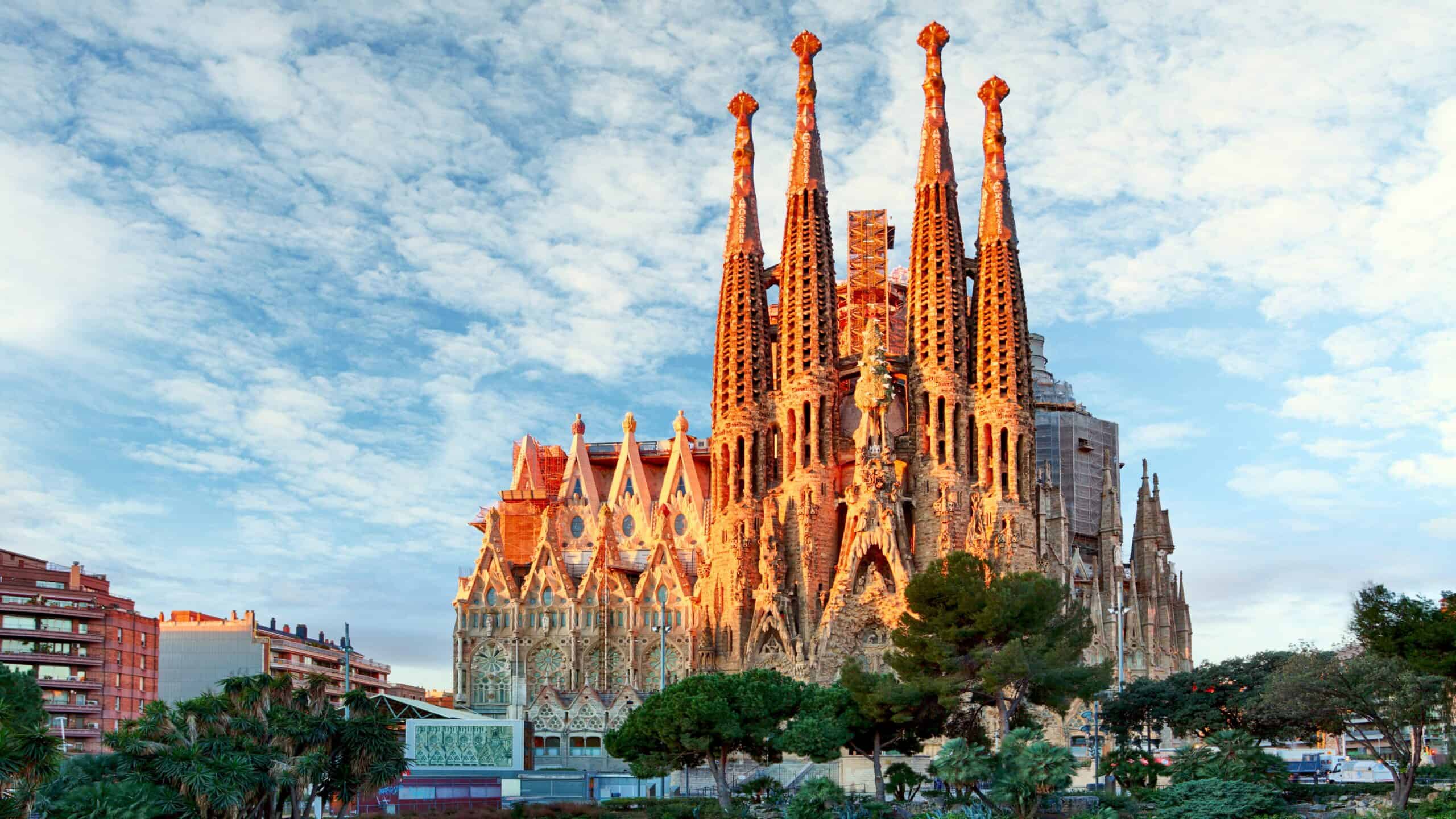
The Sagrada Família is a large unfinished Roman Catholic basilica in Barcelona. Designed by the Catalan architect Antoni Gaudí, its construction began in 1882 and continues to this day. When completed, it will have eighteen spires representing the Twelve Apostles, the Virgin Mary, the four Evangelists, and Jesus Christ. Gaudí’s design combines Gothic and curvilinear Art Nouveau forms. The basilica’s stunning facades are covered in intricate sculptures and symbolic details. Its interior is equally impressive, with columns resembling trees and stained glass windows that bathe the space in colorful light.
Acropolis of Athens, Greece
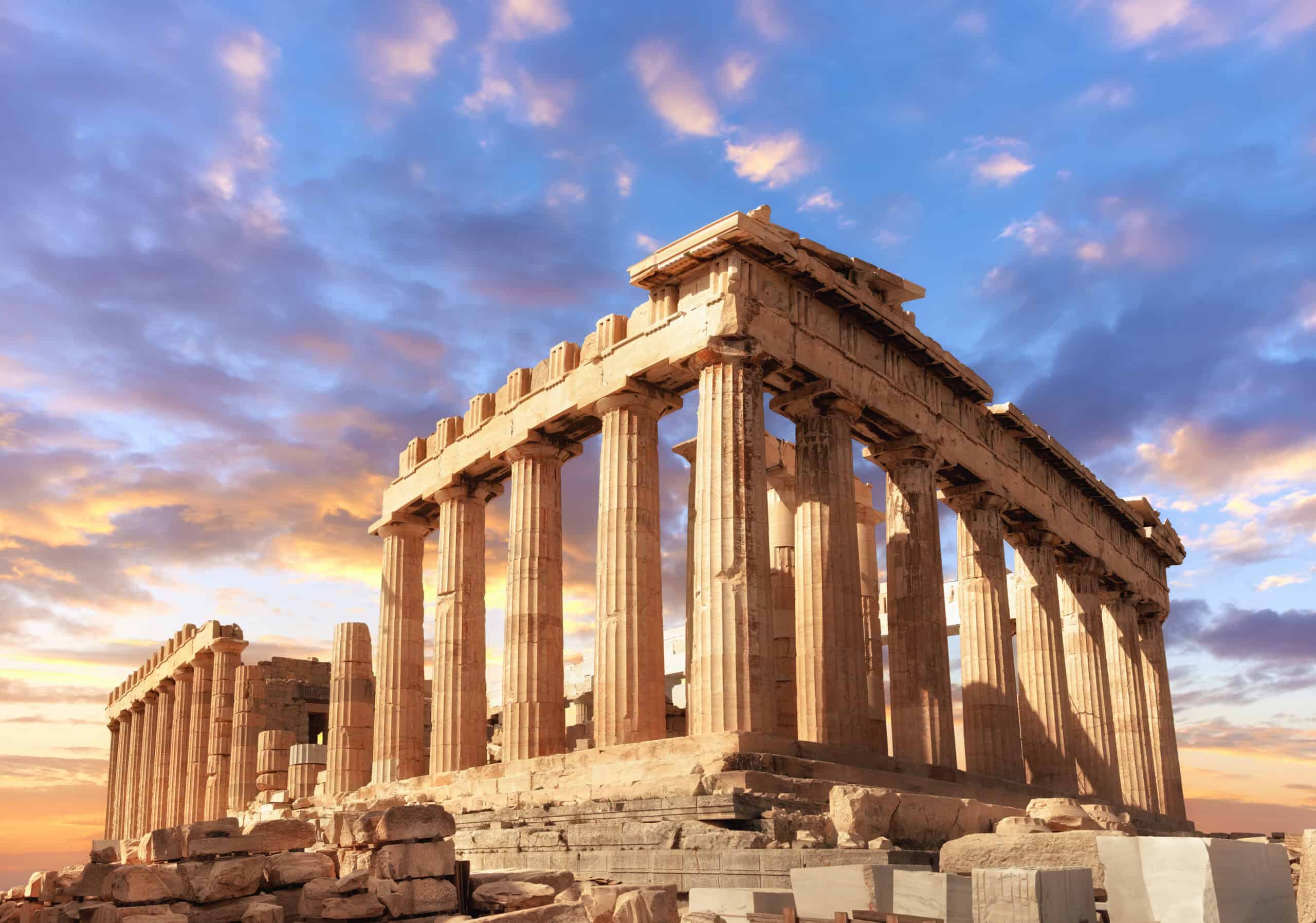
The Acropolis of Athens is an ancient citadel located on a rocky outcrop above the city of Athens. It contains the remains of several ancient buildings of great architectural and historic significance, the most famous being the Parthenon. Built in the 5th century BC, the Parthenon is dedicated to the goddess Athena, whom the people of Athens considered their patron. The Acropolis is a symbol of the artistic and intellectual achievements of ancient Greece. Its structures are considered the epitome of Classical architecture. The site offers breathtaking views of Athens and serves as a reminder of the city’s ancient glory.
Brandenburg Gate, Germany
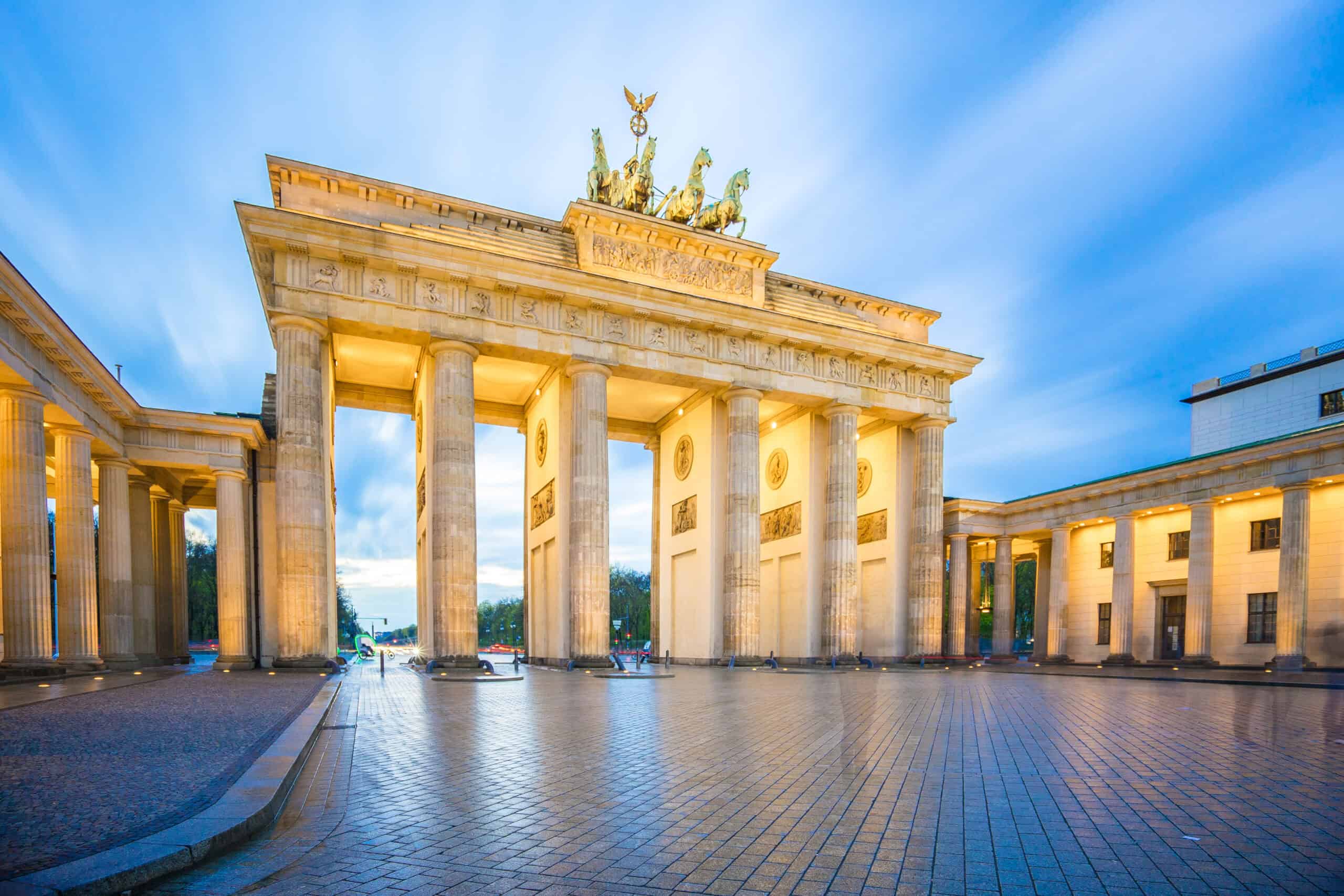
The Brandenburg Gate is an 18th-century neoclassical monument in Berlin. Commissioned by King Frederick William II of Prussia and completed in 1791, it was originally a symbol of peace. Over time, it became a symbol of division during the Cold War, as it stood just behind the Berlin Wall. Today, the Brandenburg Gate symbolizes Germany’s reunification and is a testament to the country’s resilience and unity. Its design, inspired by the Propylaea of the Acropolis in Athens, features twelve Doric columns and a quadriga (chariot drawn by four horses) atop the gate.
Tower Bridge, United Kingdom
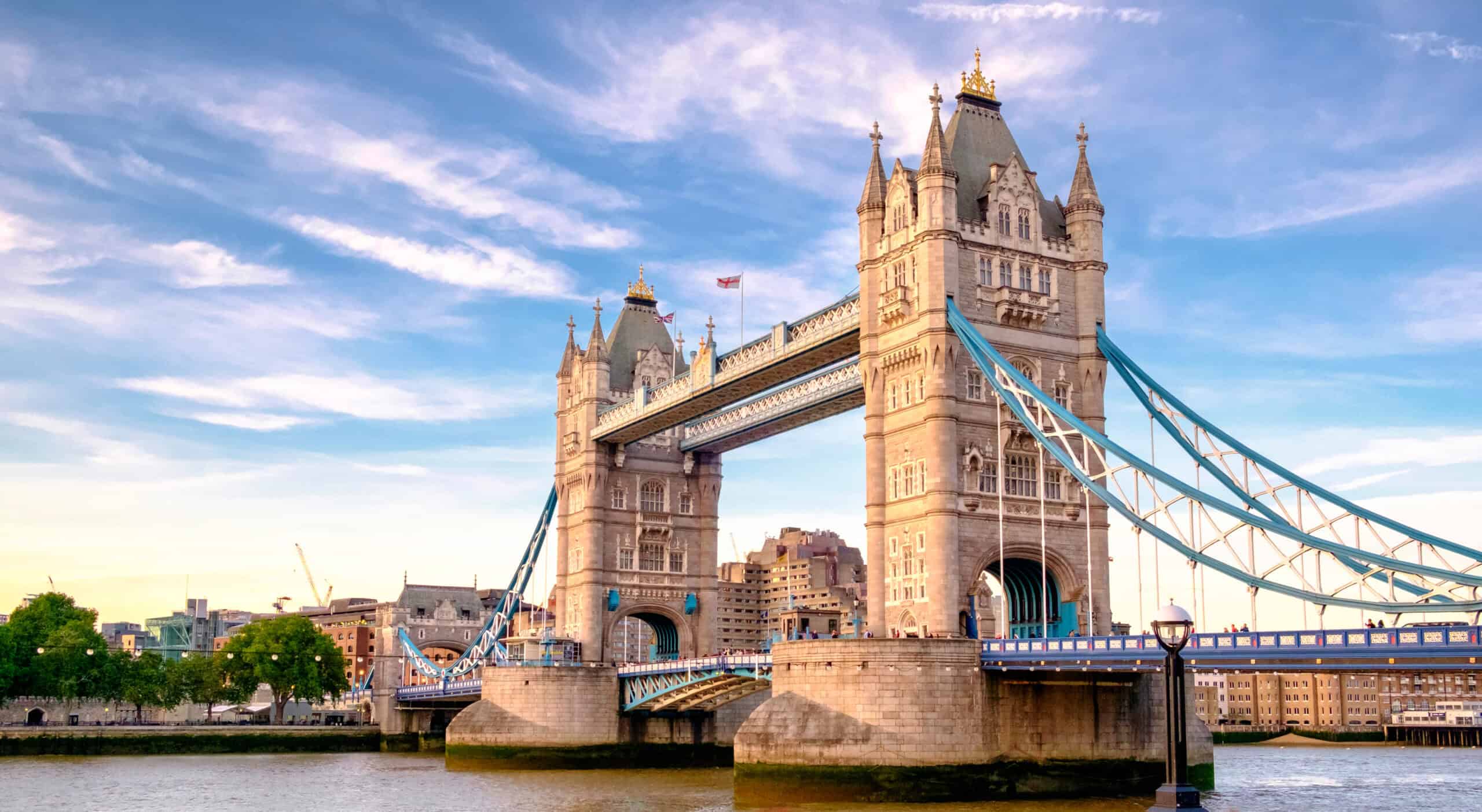
Tower Bridge, located in London, is one of the city’s most famous landmarks. Completed in 1894, this combined bascule and suspension bridge crosses the River Thames. Its distinctive twin towers, connected by walkways, are a testament to Victorian engineering and design. The bridge’s bascules are still operated by hydraulic power, lifting to allow ships to pass beneath. Tower Bridge offers visitors a unique perspective of London from its high-level walkways, providing panoramic views of the city’s skyline. It remains an enduring symbol of London’s rich history and architectural innovation.
Neuschwanstein Castle, Germany
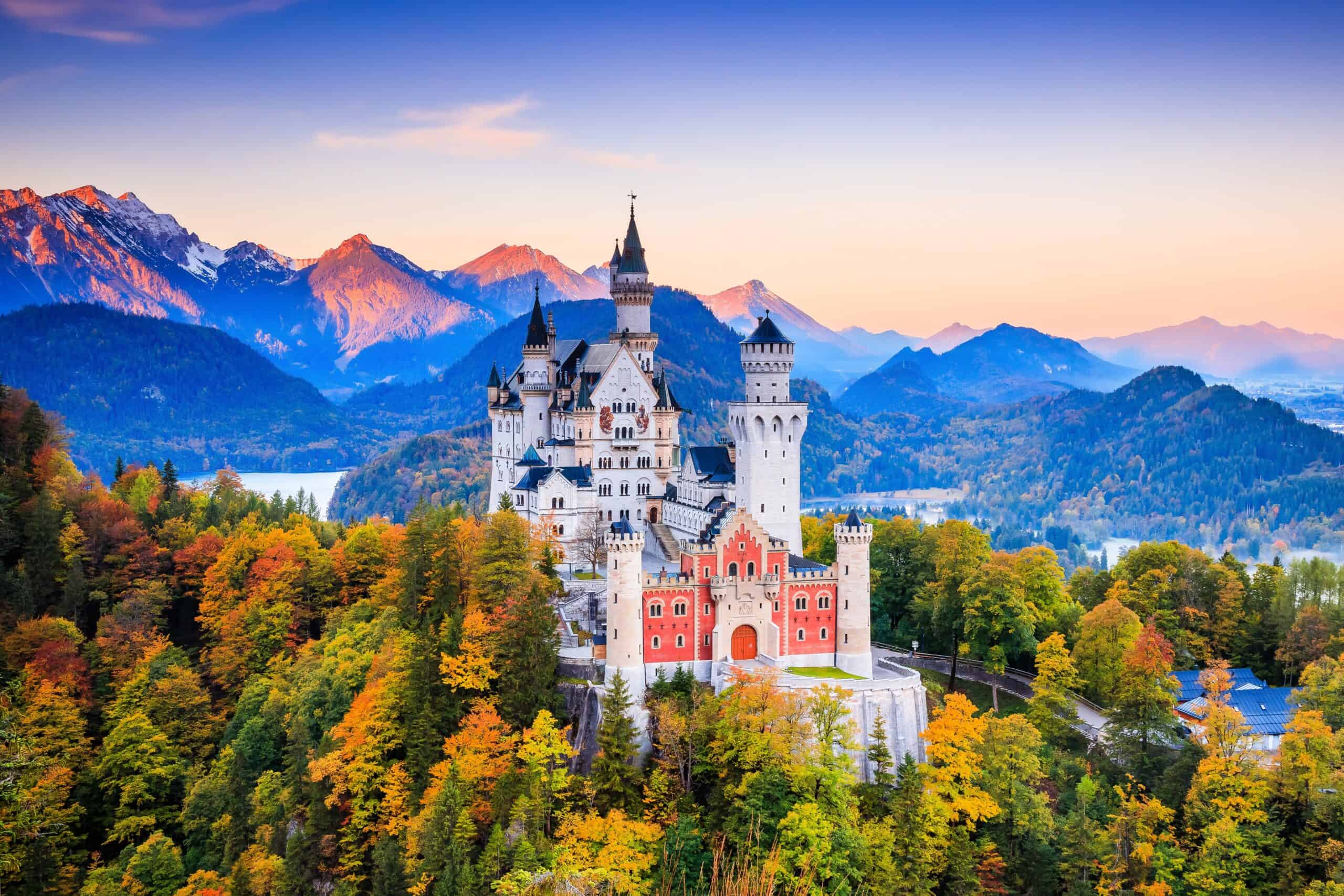
Neuschwanstein Castle is nestled in the Bavarian Alps. Built by King Ludwig II in the 19th century, it was designed to be a retreat and homage to Wagner. The castle’s stunning turrets and towers inspired Disney’s Sleeping Beauty Castle. Its picturesque location and fairy-tale architecture make it a must-see. The interior is equally breathtaking. Lavish rooms feature intricate woodwork and murals. The Throne Room’s chandelier, shaped like a crown, is particularly impressive. Visiting Neuschwanstein feels like stepping into a storybook.
Notre-Dame Cathedral, France
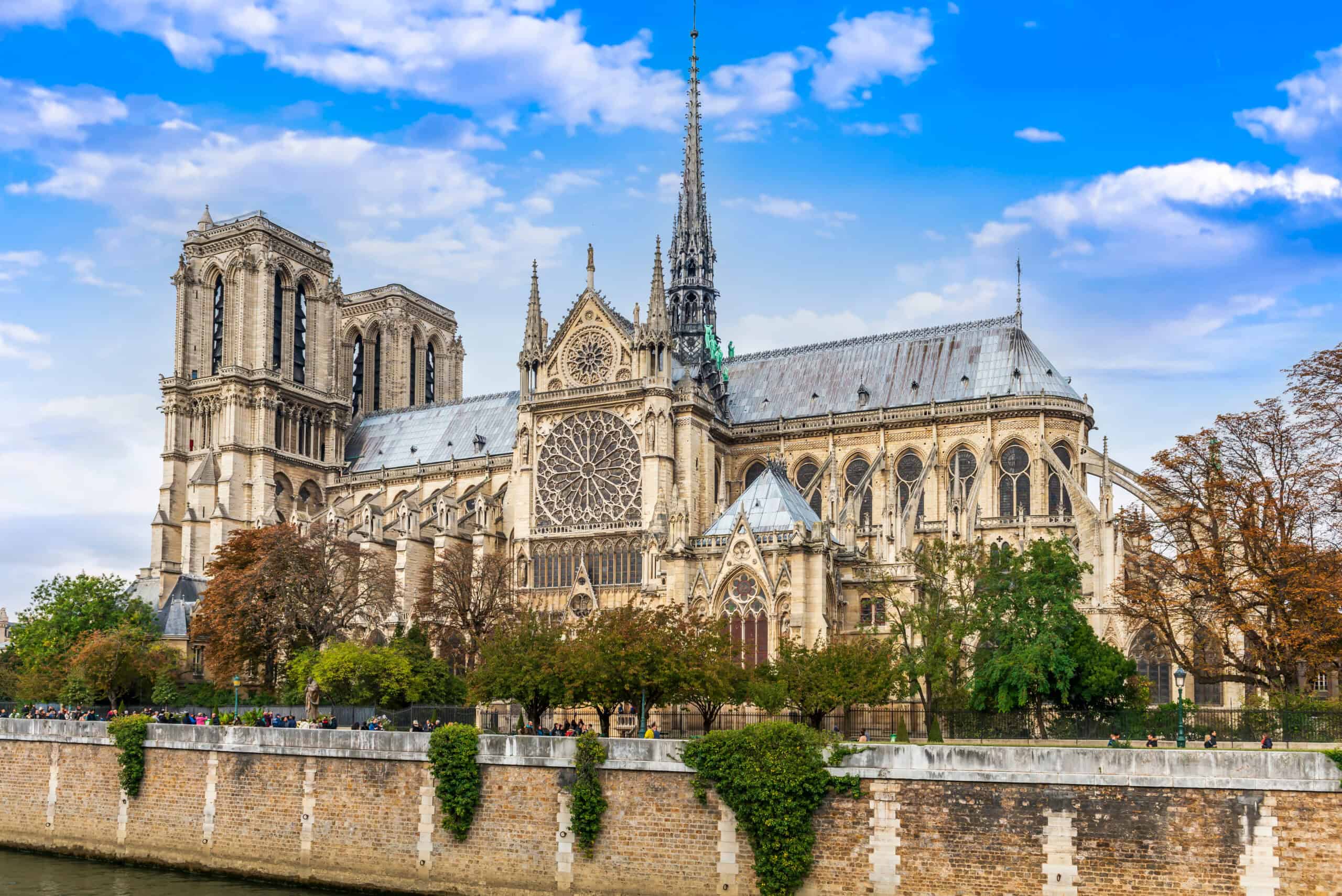
Notre-Dame Cathedral stands proudly in the heart of Paris. Its Gothic architecture and stunning rose windows attract millions of visitors annually. Begun in 1163, it took nearly two centuries to complete. The cathedral’s twin towers offer a magnificent view of the city. Inside, the grandeur continues. Stained glass windows depict biblical scenes. The Great Organ, one of the largest in the world, adds to the majestic ambiance. Despite the 2019 fire, restoration efforts are bringing Notre-Dame back to its former glory.
Edinburgh Castle, Scotland
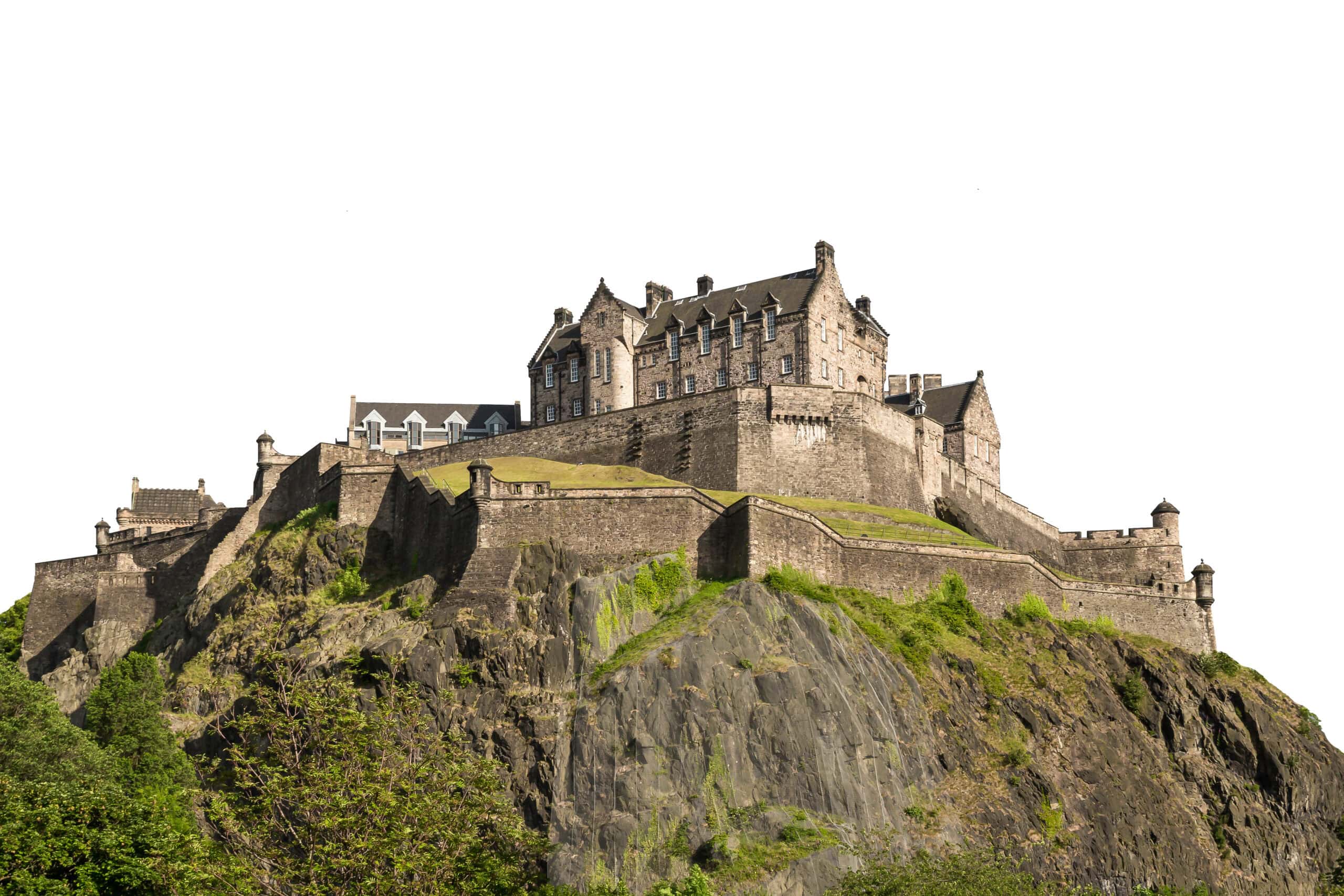
Edinburgh Castle dominates the skyline of Scotland’s capital. Perched on Castle Rock, it has been a royal residence since the 12th century. The castle’s strategic location made it a key military stronghold. Its historical significance is immense, housing the Crown Jewels and the Stone of Destiny. The views from the castle are spectacular. Overlooking the city, it offers a glimpse into Scotland’s past. The One O’Clock Gun tradition still draws crowds. Edinburgh Castle remains a symbol of Scottish heritage and resilience.
St. Basil’s Cathedral, Russia
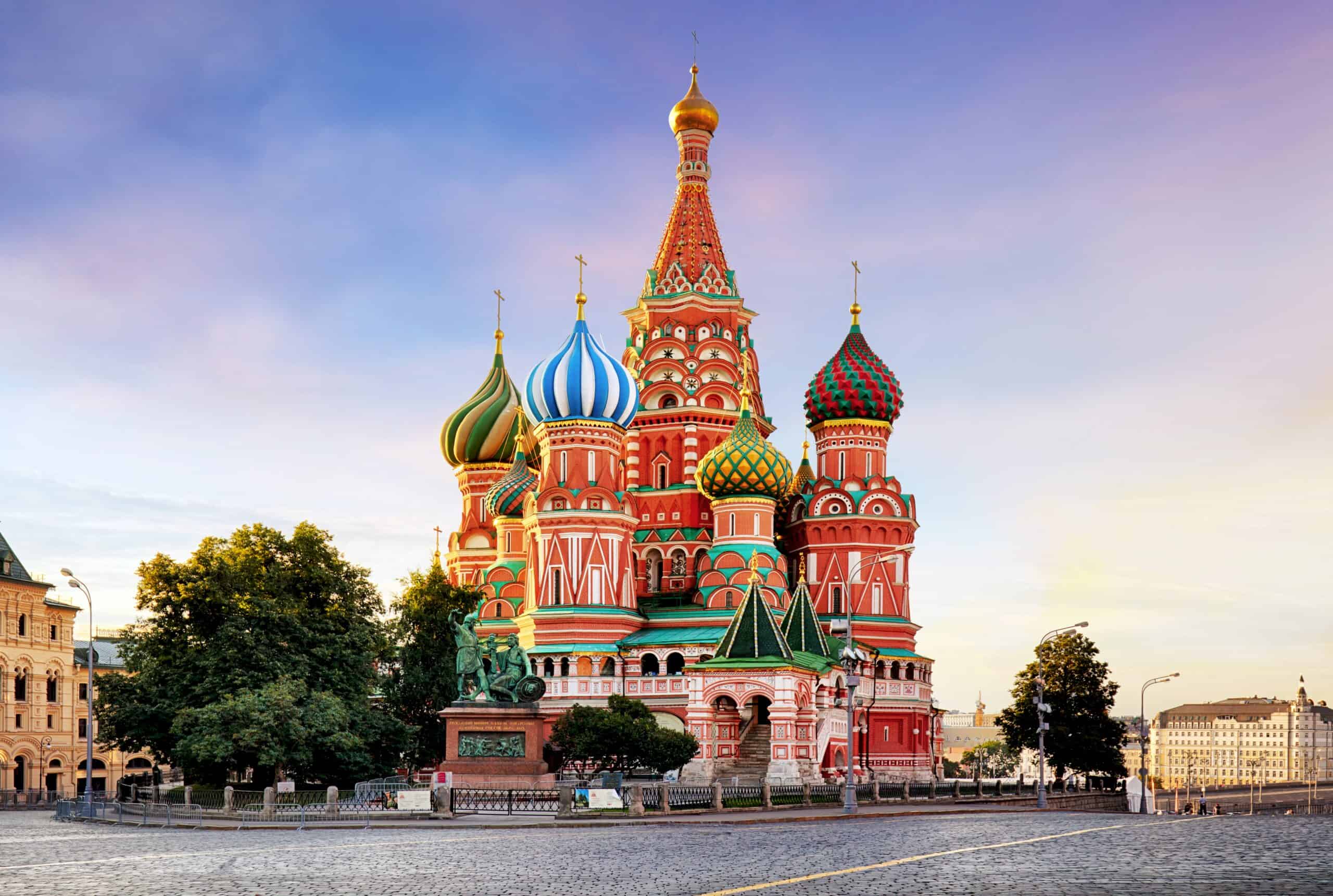
St. Basil’s Cathedral is Moscow’s iconic symbol. Its colorful domes and unique architecture stand out on Red Square. Commissioned by Ivan the Terrible in 1555, it celebrates the capture of Kazan. The cathedral’s design is both intricate and vibrant. Inside, narrow corridors lead to beautifully decorated chapels. Frescoes and icons adorn the walls. The cathedral is a UNESCO World Heritage site, reflecting Russia’s rich cultural history. Its striking appearance makes it one of the most photographed landmarks in the world.
The Louvre, France
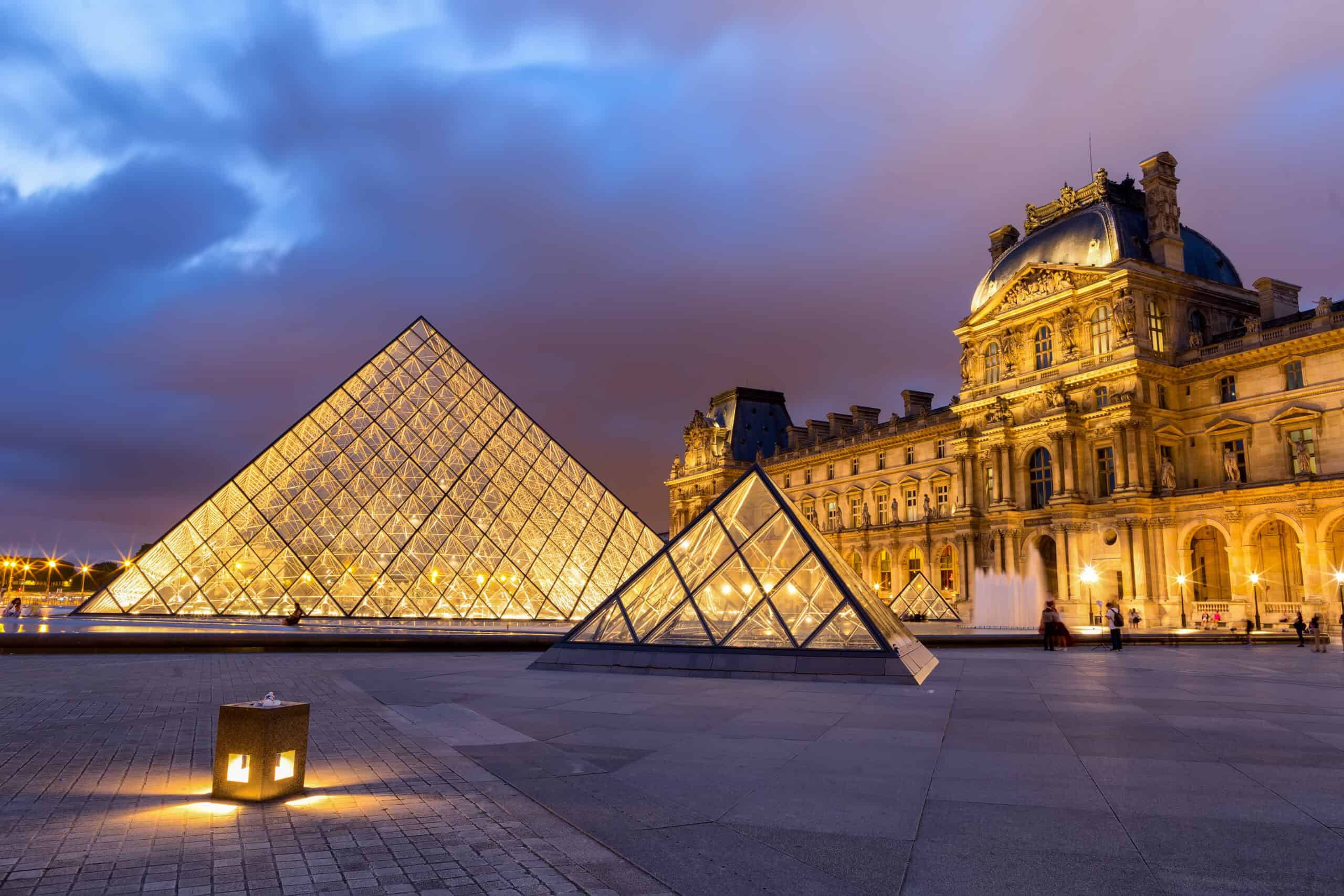
The Louvre in Paris is the world’s largest art museum. Home to the Mona Lisa and the Venus de Milo, it boasts over 35,000 works of art. Originally a royal palace, it became a public museum during the French Revolution. Its glass pyramid entrance is iconic. Visitors can explore a vast collection spanning from ancient civilizations to modern art. The Louvre’s diverse exhibits and rich history make it an essential cultural destination.
Buckingham Palace, United Kingdom
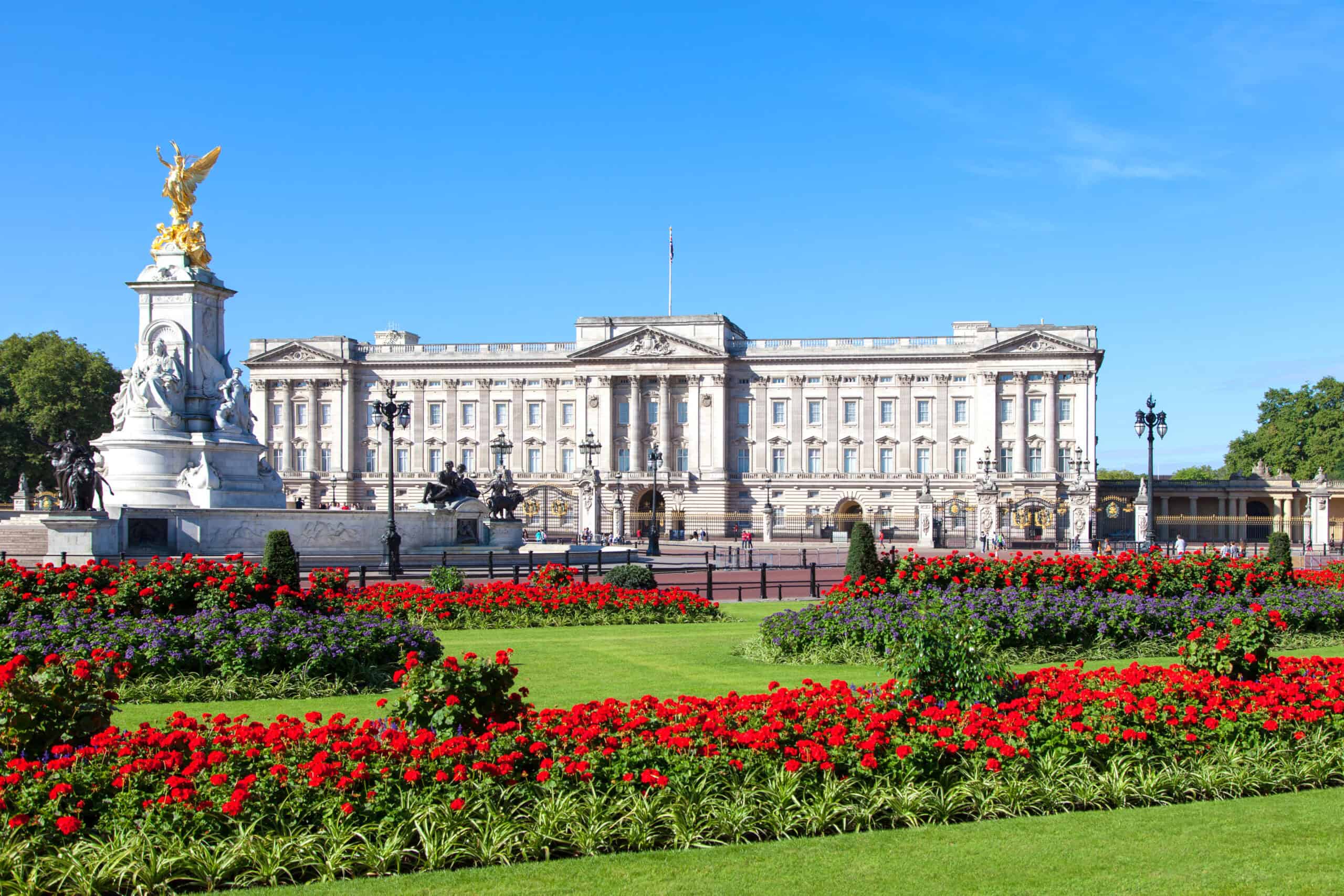
Buckingham Palace is the official residence of the British monarch. Located in London, it has been the royal family’s home since 1837. The palace’s grand façade and daily Changing of the Guard ceremony attract tourists worldwide. Inside, the State Rooms are open to the public during the summer. Lavishly decorated, they showcase the royal collection of art and furnishings. Buckingham Palace remains a symbol of the British monarchy and its enduring traditions.
The Alhambra, Spain

The Alhambra is a stunning palace and fortress complex in Granada. Built by the Nasrid dynasty in the 13th century, it exemplifies Moorish architecture. The intricate stucco work and serene courtyards reflect Islamic art’s beauty. The Generalife gardens are a highlight. Filled with fountains and exotic plants, they offer a peaceful retreat. The Alhambra’s historical and architectural significance make it a jewel of Spain.
Stonehenge, United Kingdom
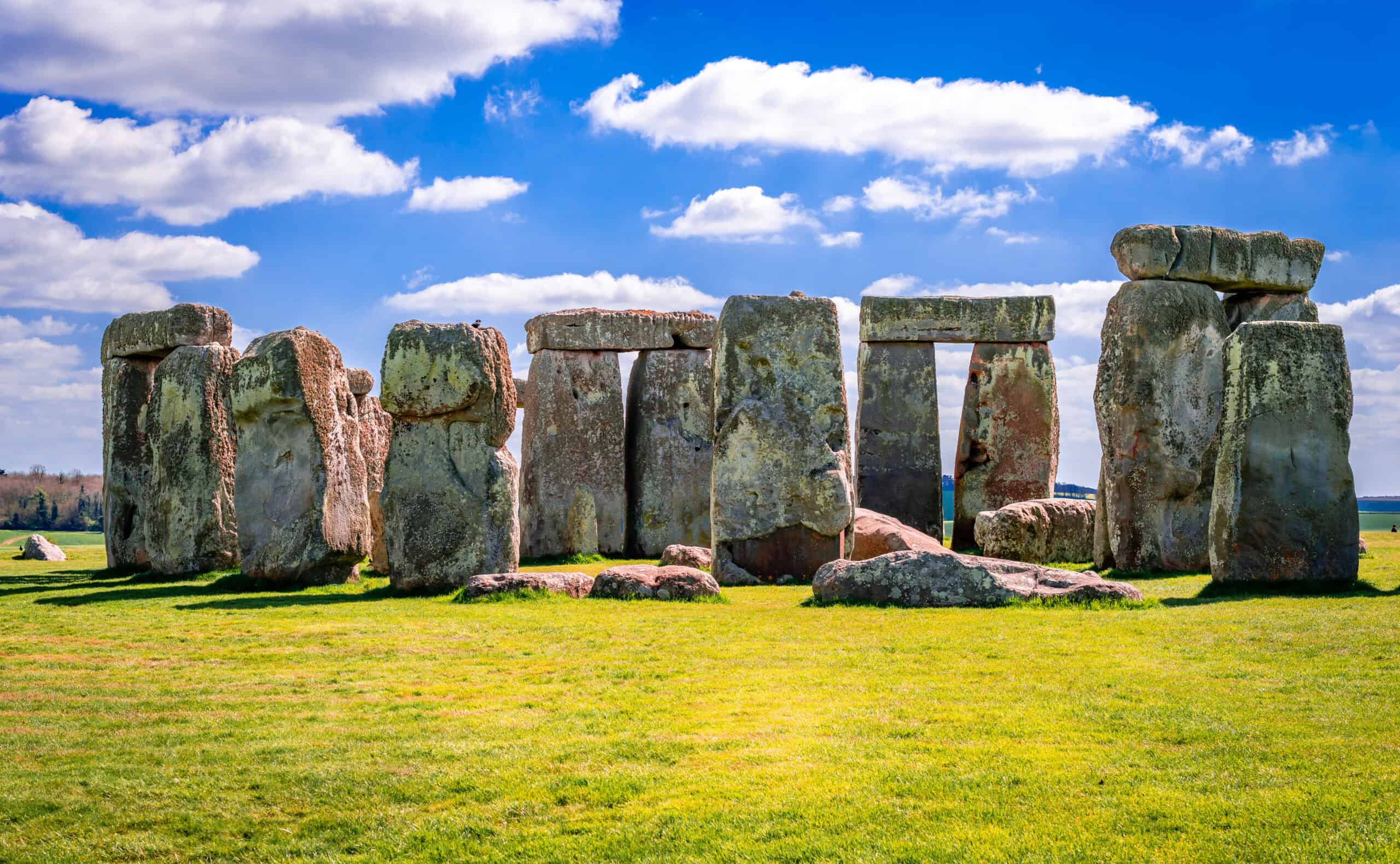
Stonehenge is one of the world’s most famous prehistoric monuments. Located in Wiltshire, England, it consists of a ring of standing stones. Each stone is around 13 feet high and 7 feet wide, weighing about 25 tons. Its purpose remains a mystery. Theories range from an astronomical calendar to a burial ground. Despite its age, Stonehenge continues to captivate archaeologists and visitors alike. Its enigmatic presence adds to its allure.
This article originally appeared on Rarest.org.
More from Rarest.org
13 Most Famous Architectural Wonders
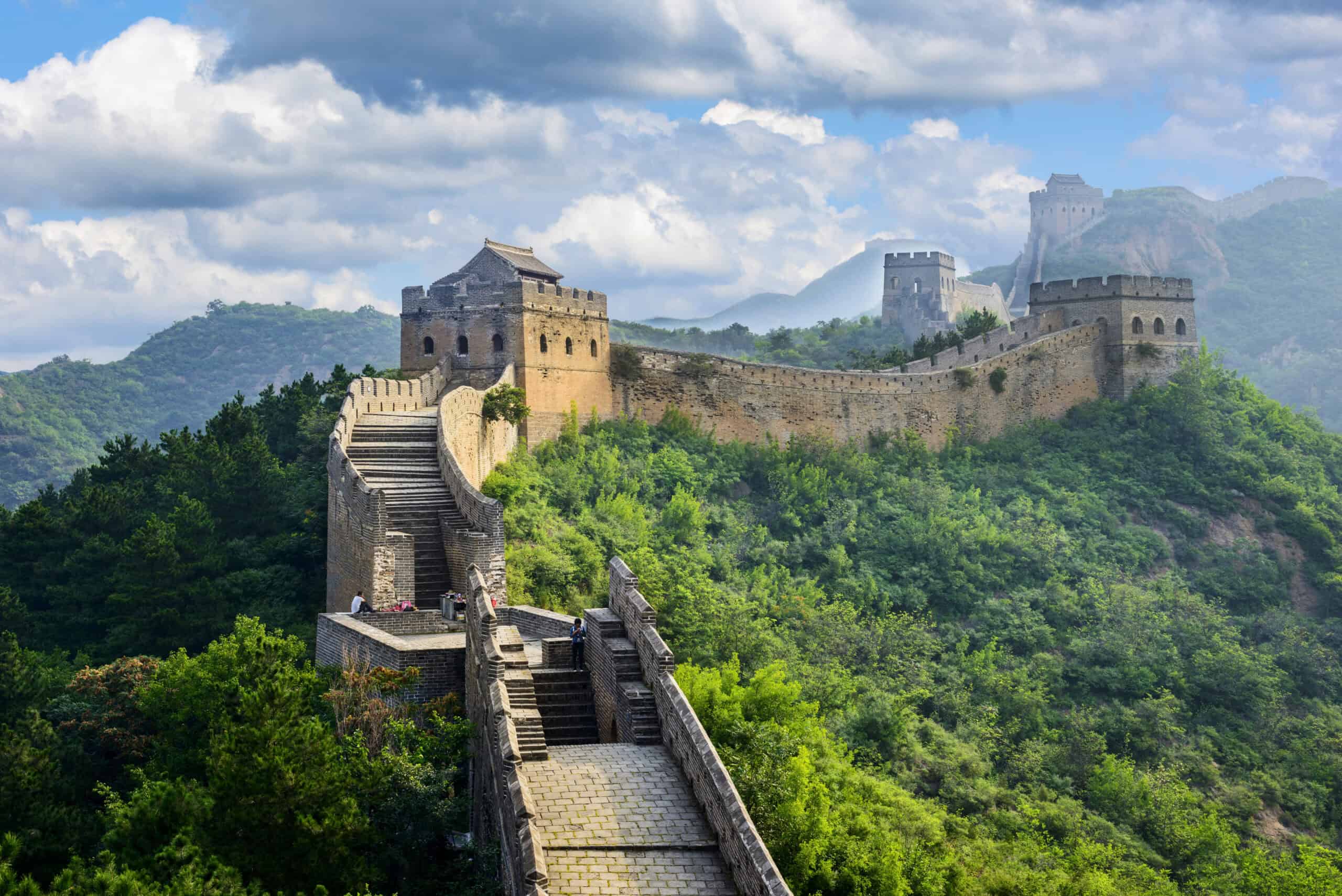
Exploring the world through its architectural marvels is a journey through time, culture, and human ingenuity. From ancient structures that have stood the test of centuries to modern wonders that redefine our skylines, each landmark tells a unique story. Read More.
11 Top Most Sought-After Gold Coins
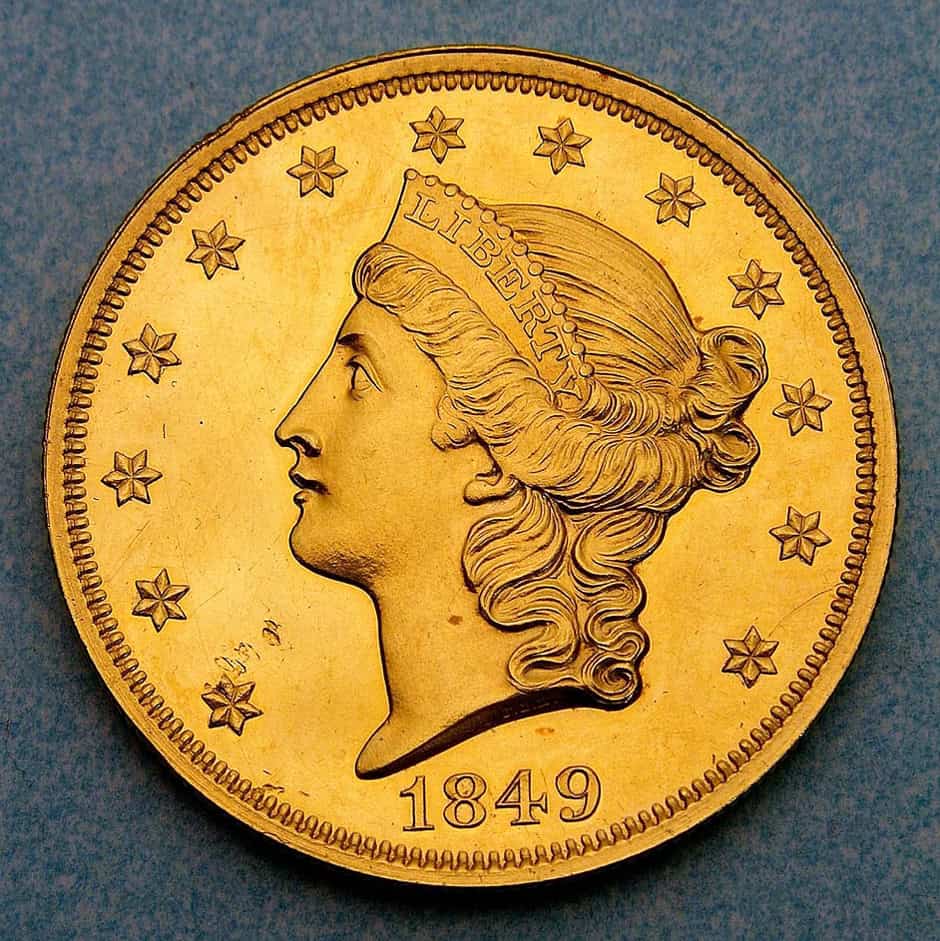
Gold coins have fascinated collectors and investors for centuries, combining the allure of precious metal with historical significance and artistic beauty. Read More.
16 Endangered Animals You Can Still See in the Wild

Witnessing endangered animals in their natural habitat is a rare and awe-inspiring experience. These creatures face numerous threats but still roam the wild in certain parts of the world. Read More.
